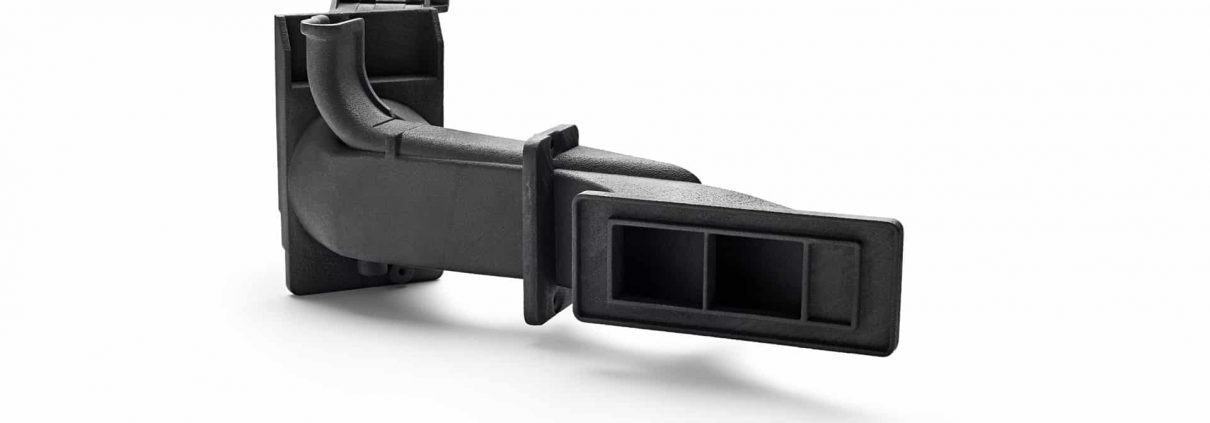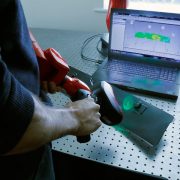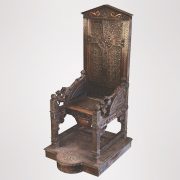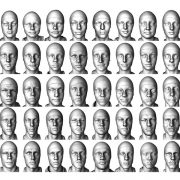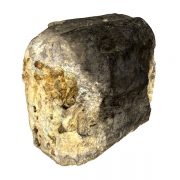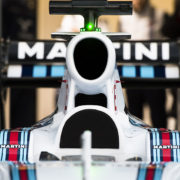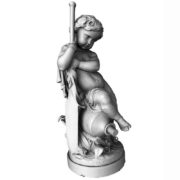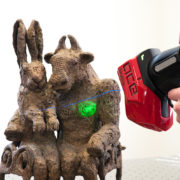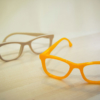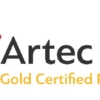HP Launch New 3D Printing Materials PA11 and PA12 With Glass Beads
Last week saw the annual pilgrimage to Germany for Formnext, the world’s leading exhibition for additive manufacturing and the next generation of intelligent industrial manufacturing methods. For us at Europac3D it represents a chance for us to meet many potential customers and also our key suppliers, in particular for HP and Uniontech. Forging new relationships from the US and China is a key part of the visit and understanding precisely the new developments in the pipeline for 2018 from the key decision makers and developers. The highlight for Europac3D, this year, was the announcement of 2 new materials, PA11 and PA12 with glass beads for the HP Multi Jet Fusion 3D Printer.
So what does this announcement mean for Uk customers?
Until recently the only material available for the HP range of printers was PA12 Nylon, if you like this holds a very nice middle ground in terms of strength, durability etc, however many applications need more focussed materials in order to meet the precise requirement of the end use application.
HP 3D High Reusability PA 11 – A highly ductile material that can stretch under stress making it ideal for those applications where the components flex and deform as a part of their function, including prostheses, insoles, sporting goods, snap fits, living hinges, and more. In addition it is low cost and has great impact resistance.
HP 3D High Reusability PA 12 Glass Beads – Adding extra stiffness to PA12 allows for new applications where dimensional stability, repeatability and rigidity are a requirement such as enclosures and housings, molds, and tooling.
Both the above materials will be available from January 2018, which we think is great news as the applications that the HP machine can solve within the UK market has just expanded. Also announced for the near future is Polypropylene, a durable low cost material that offers enhanced flexibility with excellent chemical resistant, lightweight, and watertight capabilities.
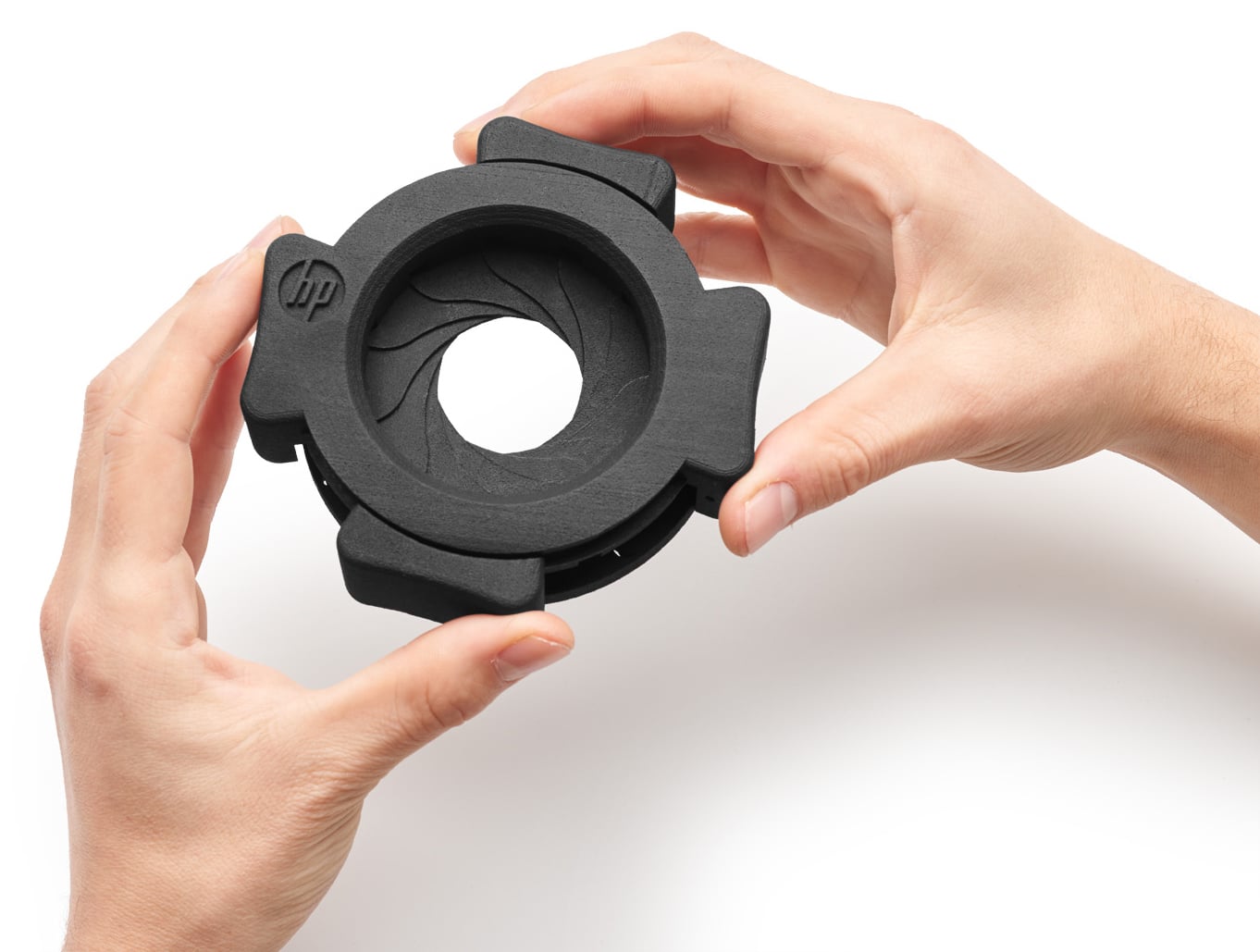
Also of significance was the announcement of two new partners to HP’s Open Materials Platform, Dressler Group and Lubrizol. HP have from day one championed an open materials platform that enables independent materials specialists to develop their own materials for HP multi jet fusion technology. This strategy differs greatly in comparison to some of other the 3D printing ‘giants’ which have always kept materials development ‘in-house’ and as a result the end customer has only ever been able to purchase materials for manufacturer. The disadvantage to this strategy is that customers are tied to materials that do not necessarily meet their requirements precisely and as a consequence may become frustrated not through the performance of the machine but the limitations of the materials they have available. The HP open platform solves this problem allowing for specialists in the field to make materials that meet the demand of the market precisely. For example Lubrizol is a global leader in specialty chemicals production with one of the broadest and deepest portfolios of TPU (thermoplastic polyurethane) in the world.
Exciting time ahead
A year ago the Europac3D team made a bold decision to become an HP reseller in the UK, at the time this was a risky proposition as there was only really one machine with one material but the potential was too exciting to ignore. We took delivery of our demonstration machine in May and since this point a combination of product learning and a series of firmware upgrades (to be expected with most new machines on the market!) has seen the quality and accuracy of parts increase exponentially to the point now where we are genuinely producing some stunning 3D benchmark prints for the likes of Aerospace, Automotive and even many artistic sculptures! Sales have also being growing with 3 machines old since the TCT show in September and with many purchasing processes taking 3-6 months it looks like early 2018 is going to see record numbers!
The introduction of many new materials in 2018 has got many of our clients excited to the point where we have numerous requests to build large production runs of literally thousands and thousands of parts. As a company that it is not focussed on print bureau it really tells us the market is poised to benefit from what is probably the first machine on the market to truly offer possibilities of 3d printing for end use manufacture and giving a real break point against traditional injection moulding.

